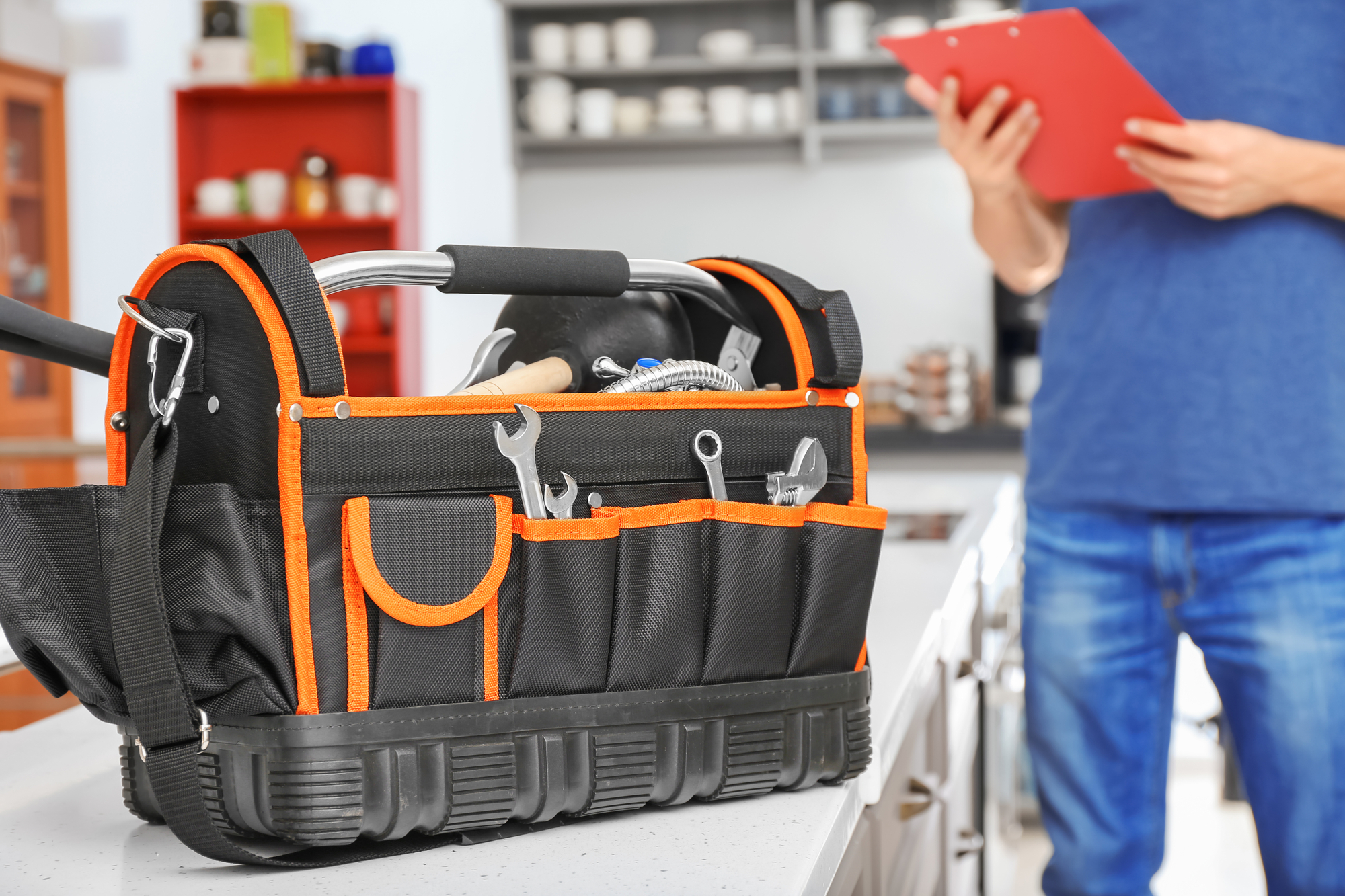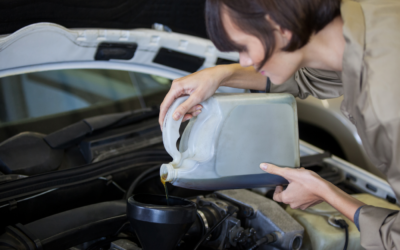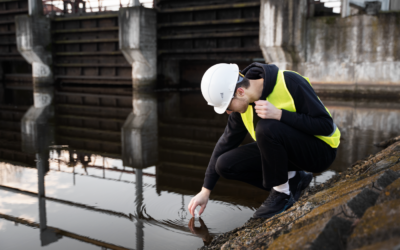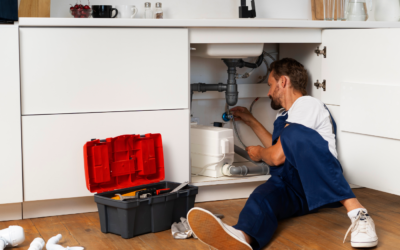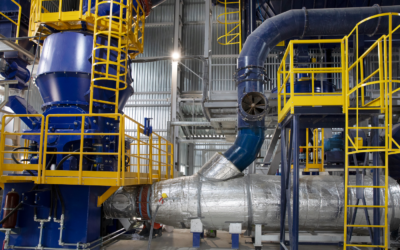The HVAC (heating, ventilation, and air conditioning) system of any commercial building is considered the backbone of indoor comfort. It is necessary to maintain the system regularly to ensure proper temperature and air quality throughout the building. However, diagnosing HVAC problems in a large commercial building can be challenging.
Fortunately, with the advanced technology available today, it has become easier to diagnose HVAC problems in commercial buildings. This article will explore how technology has improved HVAC diagnosis in commercial buildings, and how businesses can benefit from this advancement.
Importance of HVAC Diagnosis in Commercial Buildings
HVAC systems are responsible for maintaining the air-quality standards within a commercial building. A malfunctioning HVAC system can quickly impact air quality, leading to medical concerns such as allergies or respiratory illnesses. It can also cause other problems such as energy wastage, rising utility costs, and damaged air ducts.
Diagnosing and identifying HVAC problems is crucial to keep the HVAC system operating at optimal efficiency, ensuring the air-quality standards are well maintained, and prolonging the lifespan of the system.
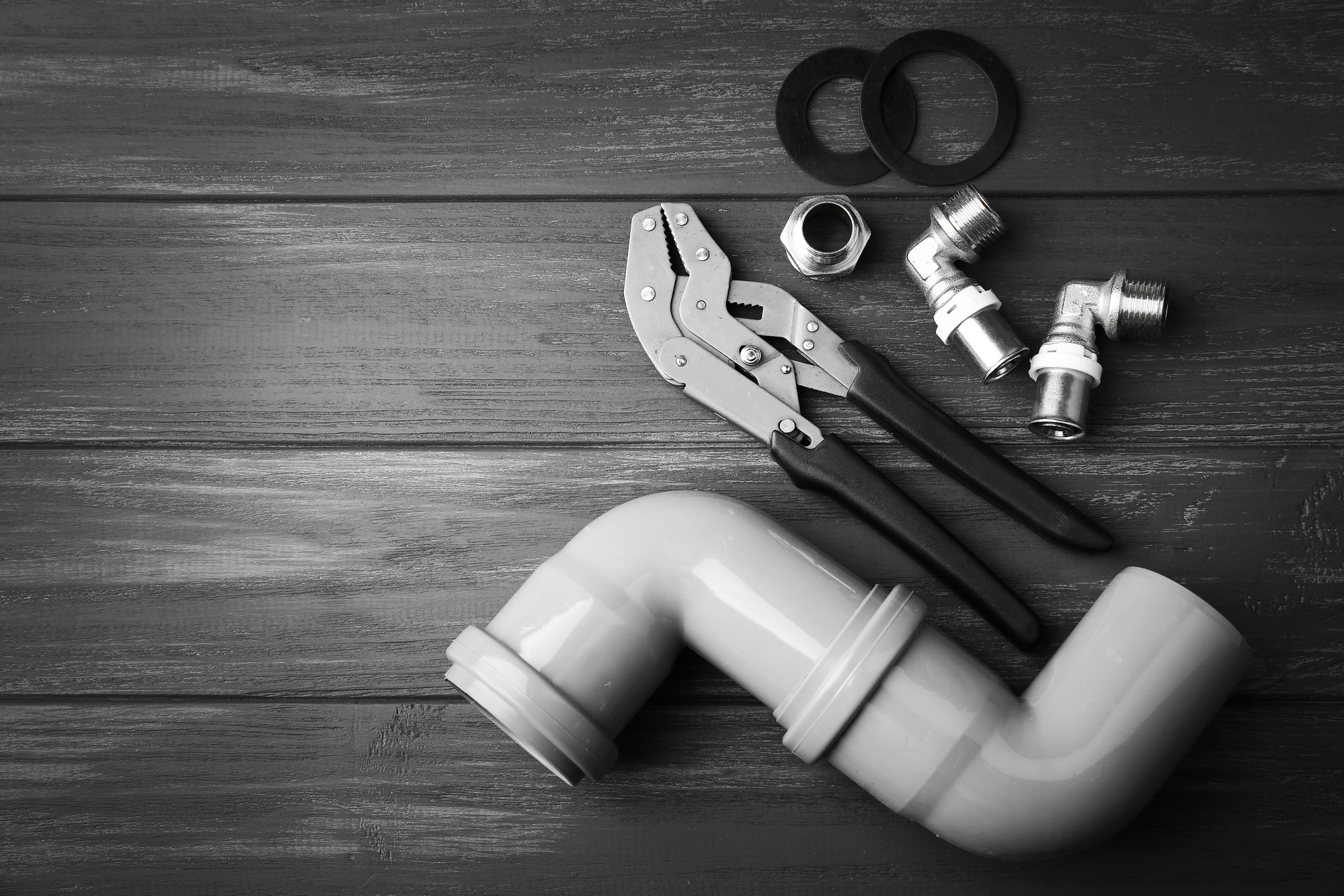
How Technology Has Improved HVAC Diagnosis in Commercial Buildings
The HVAC industry has benefited greatly from various technological advances over the years that have helped to improve fault diagnosis accuracy, minimize costs, and improve energy efficiency.
1. Smart Thermostats and Sensors
Smart HVAC systems use sensors, such as occupancy sensors, temperature sensors, and humidity sensors, to detect the presence of people and adjust temperatures accordingly. This helps to maintain consistent and comfortable temperatures throughout the building. Smart thermostats are also capable of data analytics that helps to reveal energy consumption patterns and detect anomalies as well as other issues.
2. Energy Management Systems
EMS (Energy Management Systems) use advanced algorithms to detect HVAC inefficiencies and help companies identify areas of waste. They also allow companies to monitor and manage HVAC usage in real-time to minimize unnecessary energy consumption.
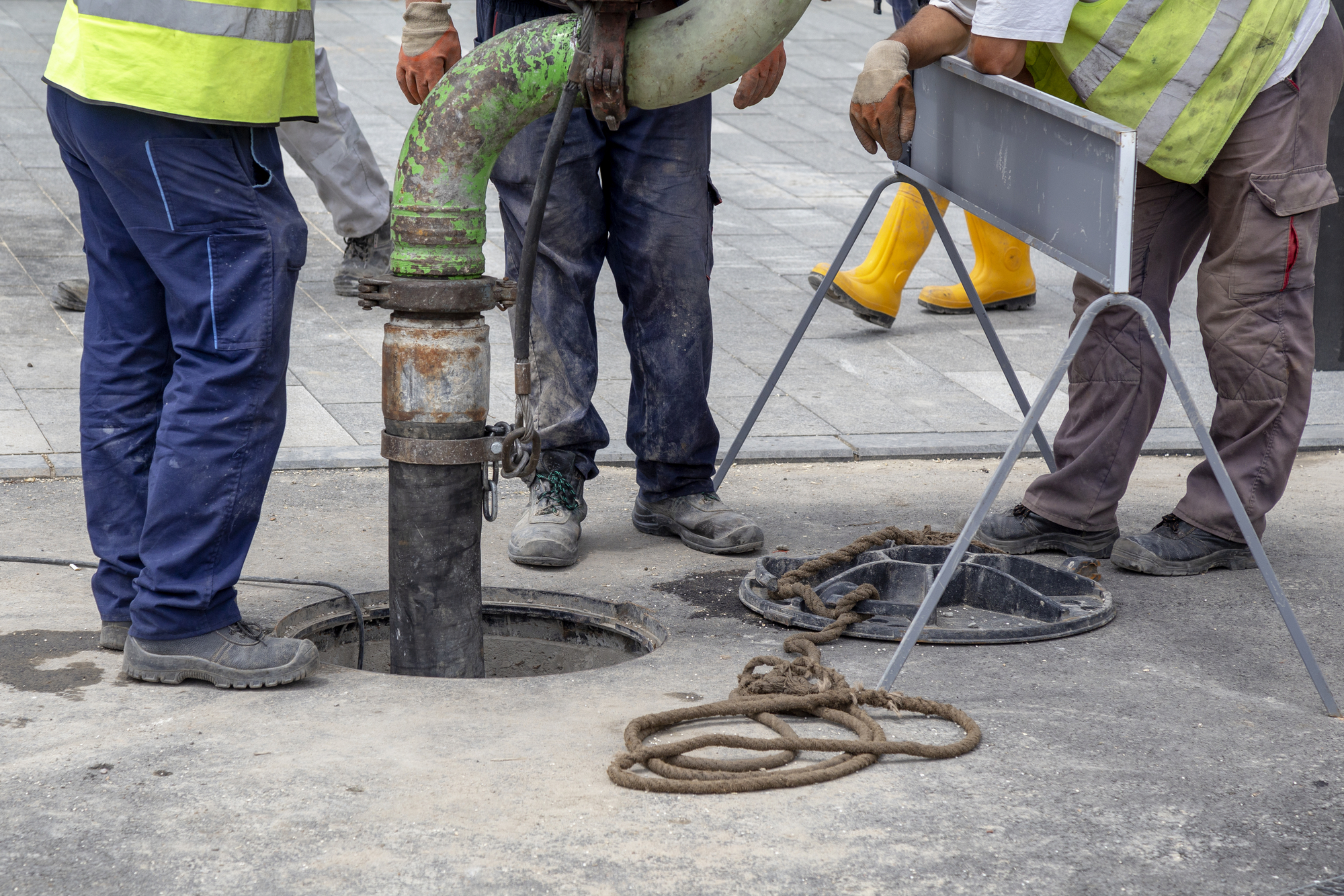
3. Artificial Intelligence
AI applications in HVAC systems can assist in detecting patterns or disruptions in the HVAC system. Advanced AI algorithms can learn and recognize behavioral patterns in various HVAC systems and diagnose faults based on historical data analysis.
4. Cloud Computing
Cloud computing has revolutionized HVAC monitoring, providing businesses with real-time data and analytics about their HVAC system’s performance. With cloud computing, businesses can monitor, diagnose and manage their HVAC systems more efficiently and cost-effectively.
5. Remote Diagnostics
With remote diagnostic services such as virtual smart-home assistants and augmented reality, HVAC company technicians can diagnose issues in the comfort of their offices or homes, without the need to visit the commercial building in person. Remote diagnostics also enable HVAC professionals to diagnose some issues before they even happen, reducing the possibility of future maintenance needs.
Benefitting from Technology Improvements
The technology advancements in HVAC diagnosis present numerous benefits for commercial building owners. These benefits include:
1. Reduced Energy Consumption
Smart thermostats, EMS, and analytics in HVAC systems can detect inefficiencies, and this early detection can lead to proactive measures to address these issues before they become costly. This helps businesses save on energy costs, as well as improve energy efficiency.
2. Reduced Maintenance Needs and Costs
Advances in remote diagnostics and AI have enabled HVAC contractors to diagnose HVAC issues quickly and accurately without having to visit each commercial building in person. This has led to fewer maintenance needs, less downtime, and cost savings for businesses.
3. Enhanced Indoor Comfort
Smart HVAC systems use data analytics to ensure that temperatures and humidity levels are properly maintained throughout the building. This helps ensure optimal indoor comfort for the occupants of commercial buildings.
4. Improved Overall Air-Quality
Proactive maintenance and early detection of faults have ensured consistent air quality standards throughout commercial buildings and provides a safe and healthy environment to its occupants.
Conclusion
HVAC systems’ maintenance is crucial in commercial buildings to ensure optimal air-quality standards, consistent temperatures, and reduced energy consumption. Thankfully, the innovative technological advancements in the HVAC industry have made diagnosing and repairing issues more efficient and cost-effective, and have improved the overall performance of HVAC systems. Businesses can use these advanced tools to keep workers comfortable and healthy, save energy and costs, and prolong the life of their HVAC systems. Through the use of smart thermostats and sensors, EMS, AI, cloud computing, and remote diagnostics, owning a commercial building with a large HVAC system has become much simpler to maintain. Therefore, utilizing these enhancements can increase a business’s productivity and ensure that their workers maintain a healthy and comfortable work environment 24/7.

